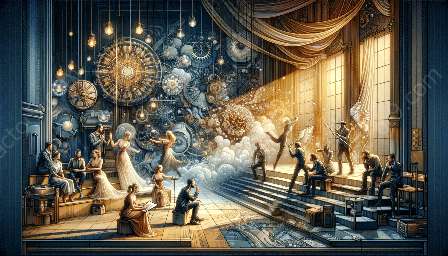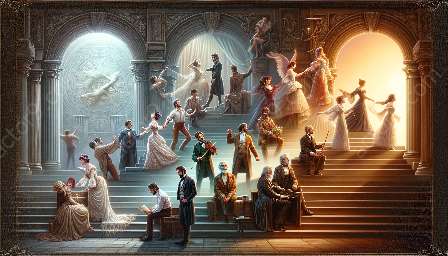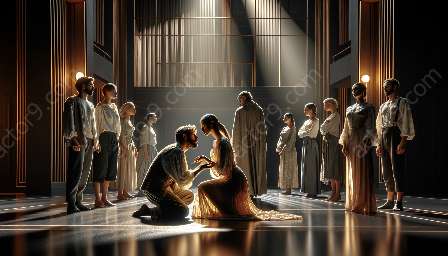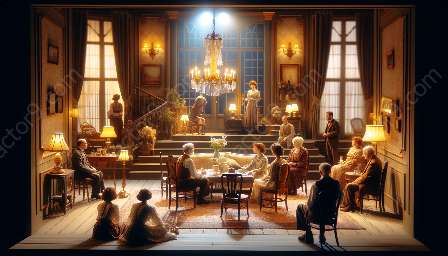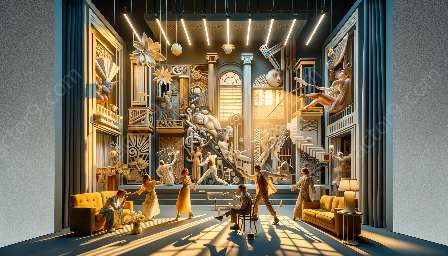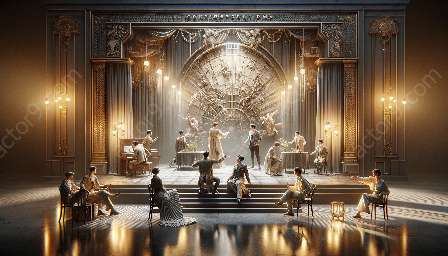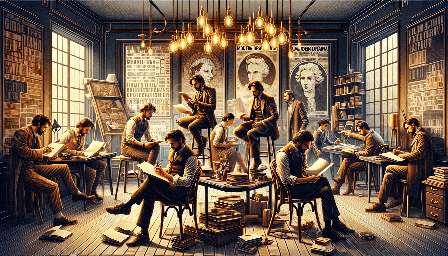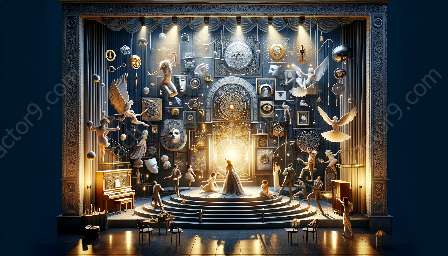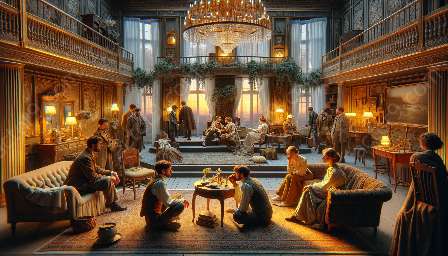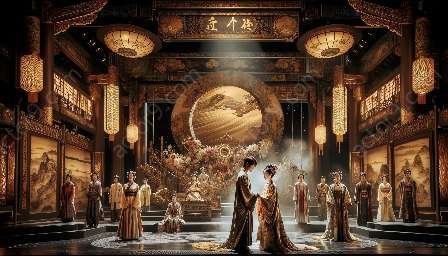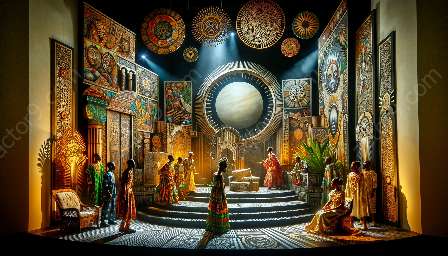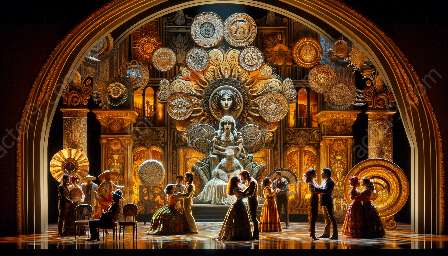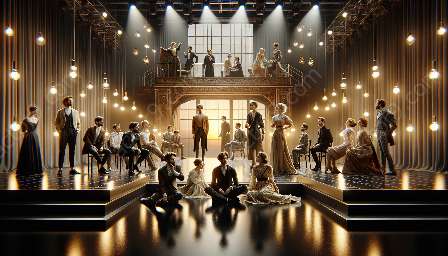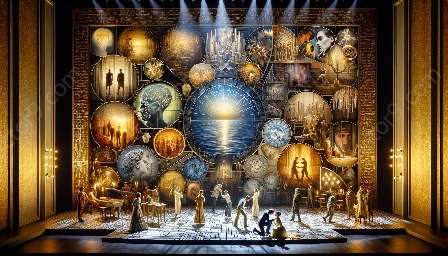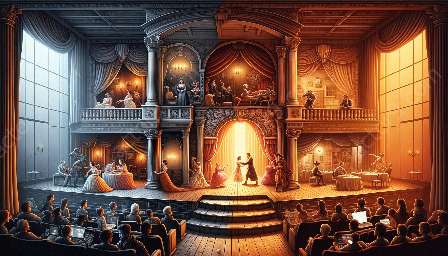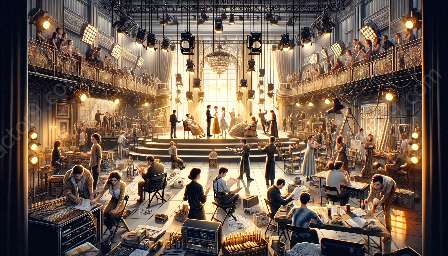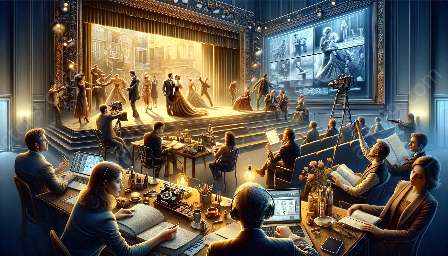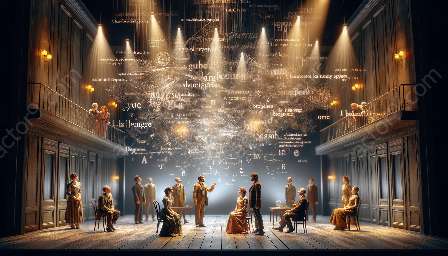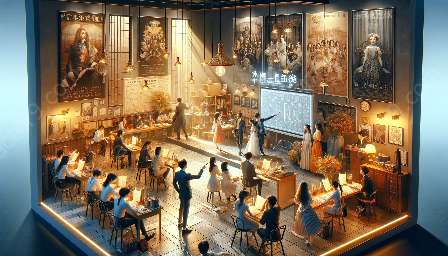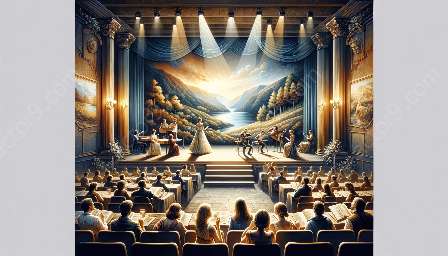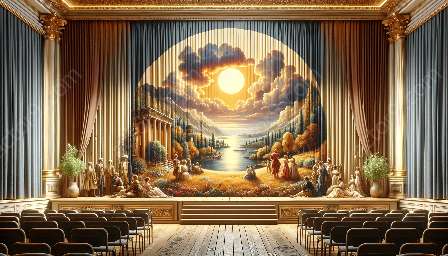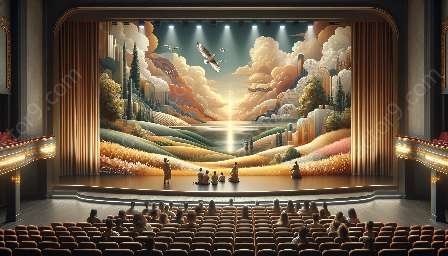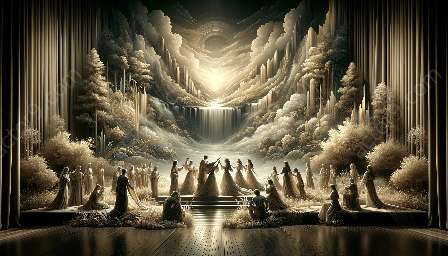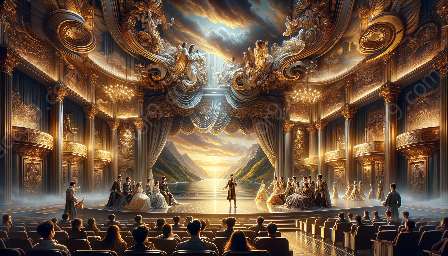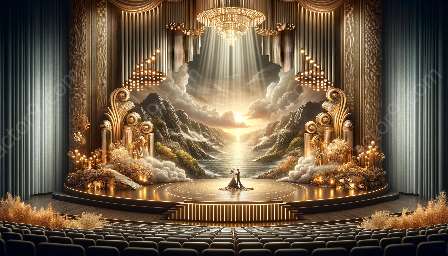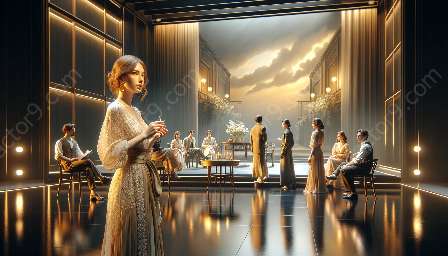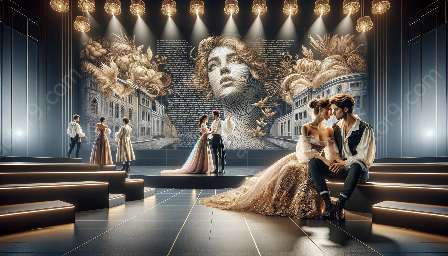Contemporary theater has undergone a profound transformation with the advent and widespread use of digital projection technology. This drastic change has significantly influenced scenic design and set construction, allowing for a more immersive and dynamic experience for audiences.
Evolution of Technology in Modern Drama
Before delving into the specific impacts, it's essential to understand the evolution and integration of technology in modern drama. From the early days of theater, technology has played a critical role in enhancing theatrical performances. It has evolved from simple set design and lighting to incorporating cutting-edge digital tools that revolutionize the ways in which stories are told on stage.
Digital Projection in Scenic Design
The use of digital projection has opened up endless possibilities for scenic design in contemporary theater. Traditional backdrops and static sets are now being replaced by dynamic digital projections that can transform the stage into any imaginable setting. This flexibility allows theater productions to create intricate and detailed scenes, transporting the audience to different locations and time periods seamlessly.
Digital projection has also redefined the concept of scale in scenic design. With the ability to project larger-than-life images, productions can create awe-inspiring landscapes and environments that were previously unattainable using traditional set construction methods. This has led to a shift in the way scenic designers conceptualize and execute their vision, pushing the boundaries of creativity and imagination.
Impact on Set Construction
Set construction has been revolutionized by the integration of digital projection technology. No longer constrained by physical limitations, set designers can now focus on creating minimalist yet visually captivating structures that serve as the canvas for digital projections. This streamlined approach to set construction not only saves time and resources but also allows for more adaptable and versatile staging options.
Furthermore, the use of digital projections has enabled seamless scene transitions and transformations, eliminating the need for manual set changes and cumbersome prop movements. This fluidity in storytelling enhances the overall production value and creates a more immersive experience for the audience.
Integration with Modern Drama
The integration of digital projection with modern drama has blurred the boundaries between traditional and contemporary storytelling. As technology continues to advance, playwrights and directors are increasingly leveraging digital tools to support their narratives, creating multidimensional and visually captivating performances.
From experimental avant-garde productions to mainstream plays, digital projection has become an integral part of modern drama, offering new avenues for expression and exploration. The seamless synergy between technology and storytelling has resulted in a reimagining of theatrical experiences, engaging audiences in innovative and thought-provoking ways.
Conclusion
The use of digital projection has undeniably transformed scenic design and set construction in contemporary theater, ushering in a new era of creativity and possibilities. As technology continues to evolve, its impact on modern drama will undoubtedly shape the future of theatrical performances, pushing the boundaries of what is achievable on stage.


